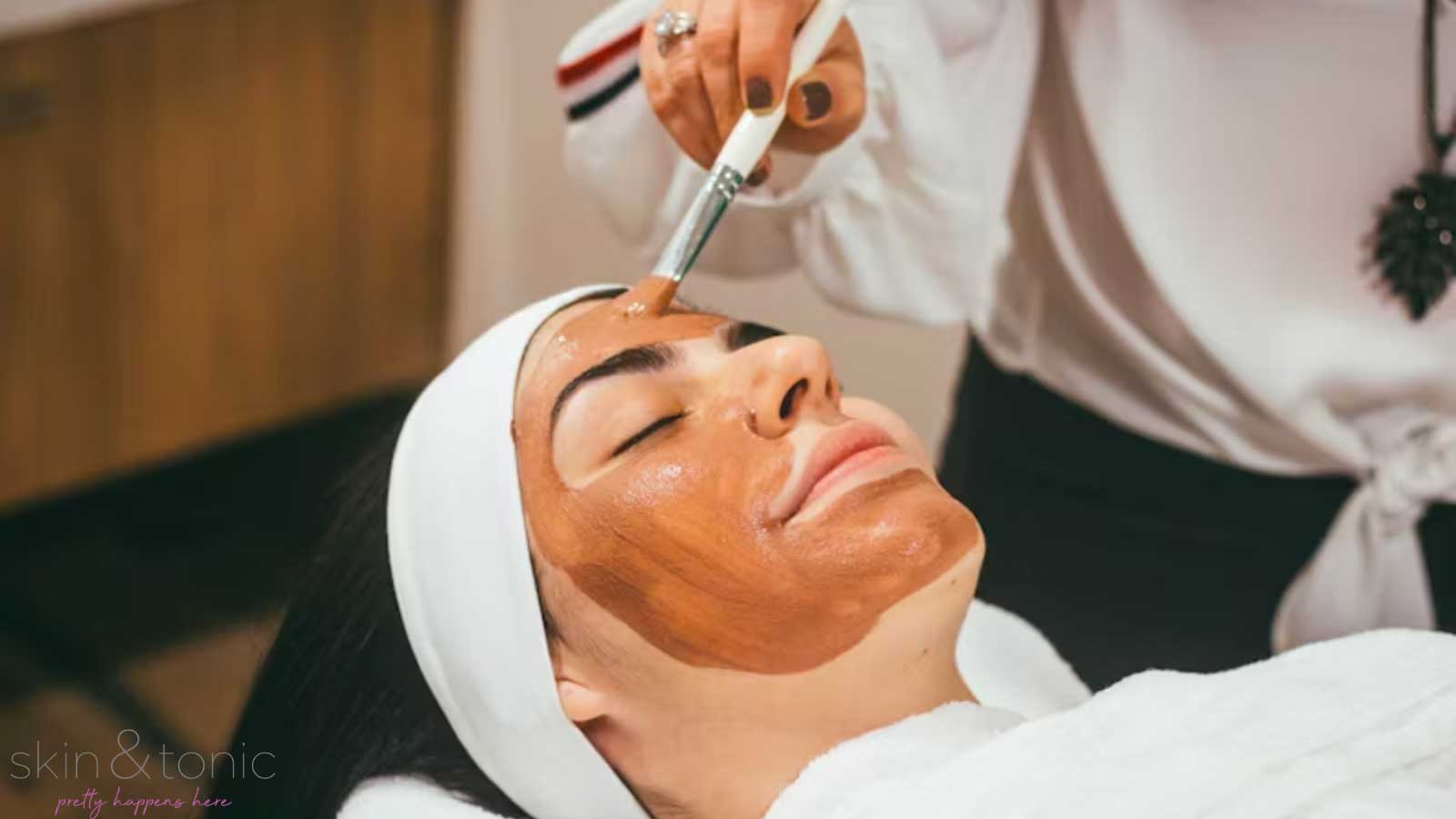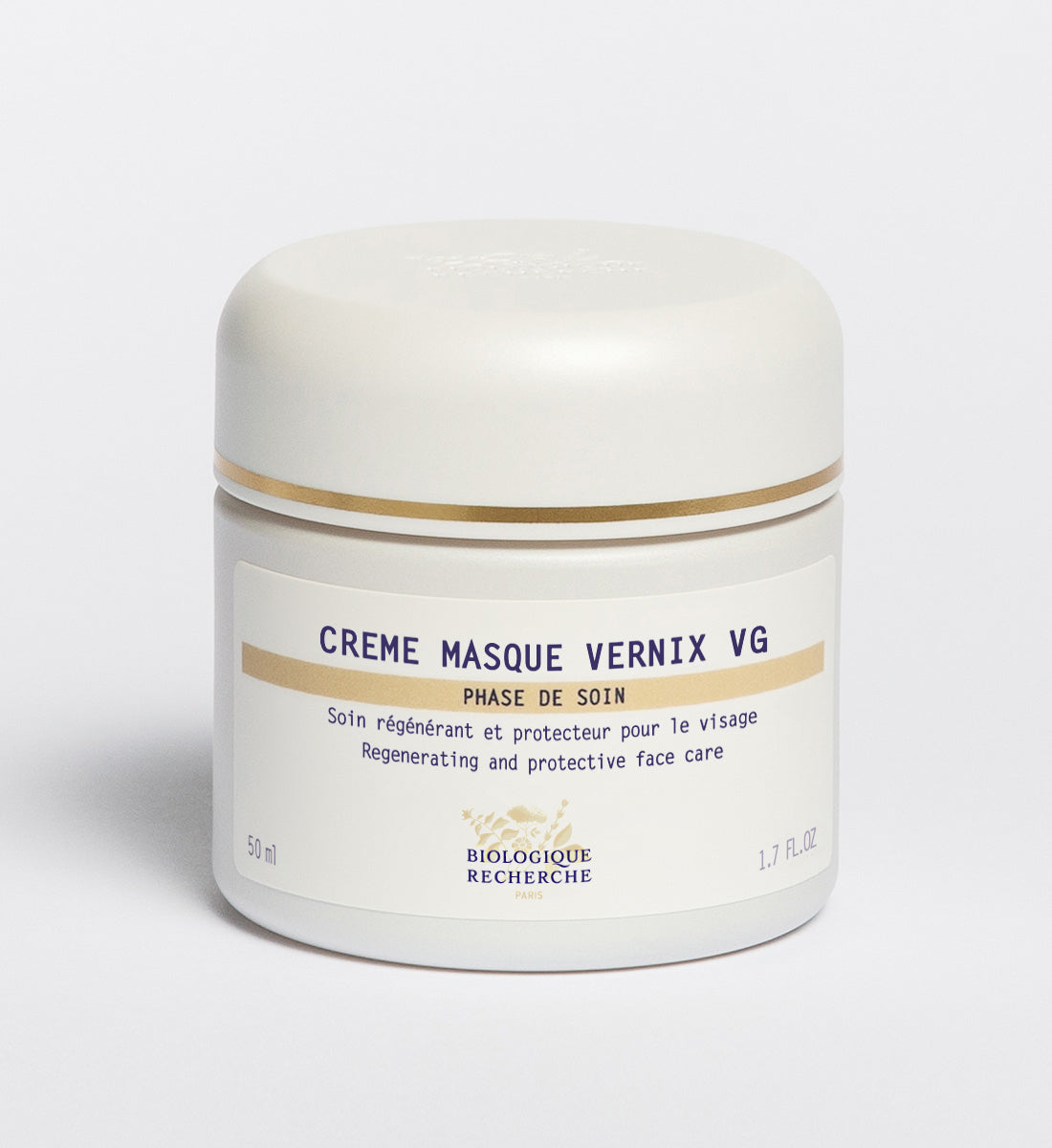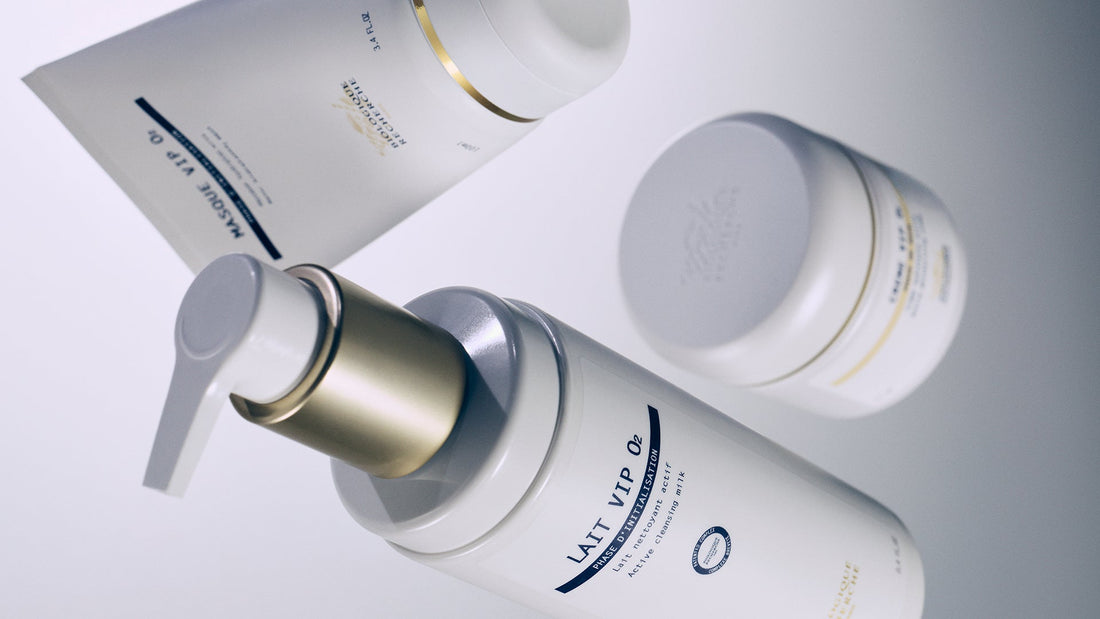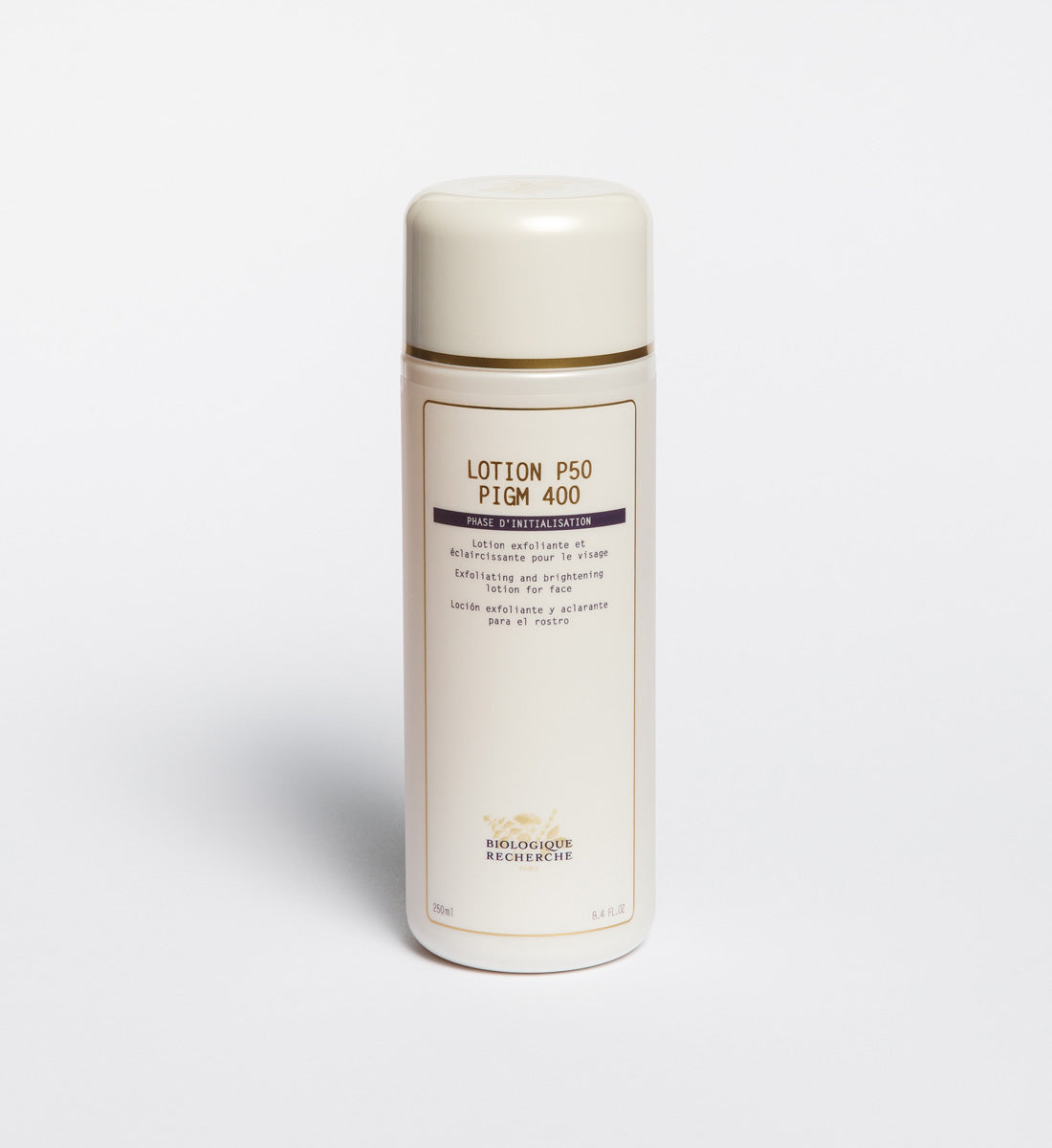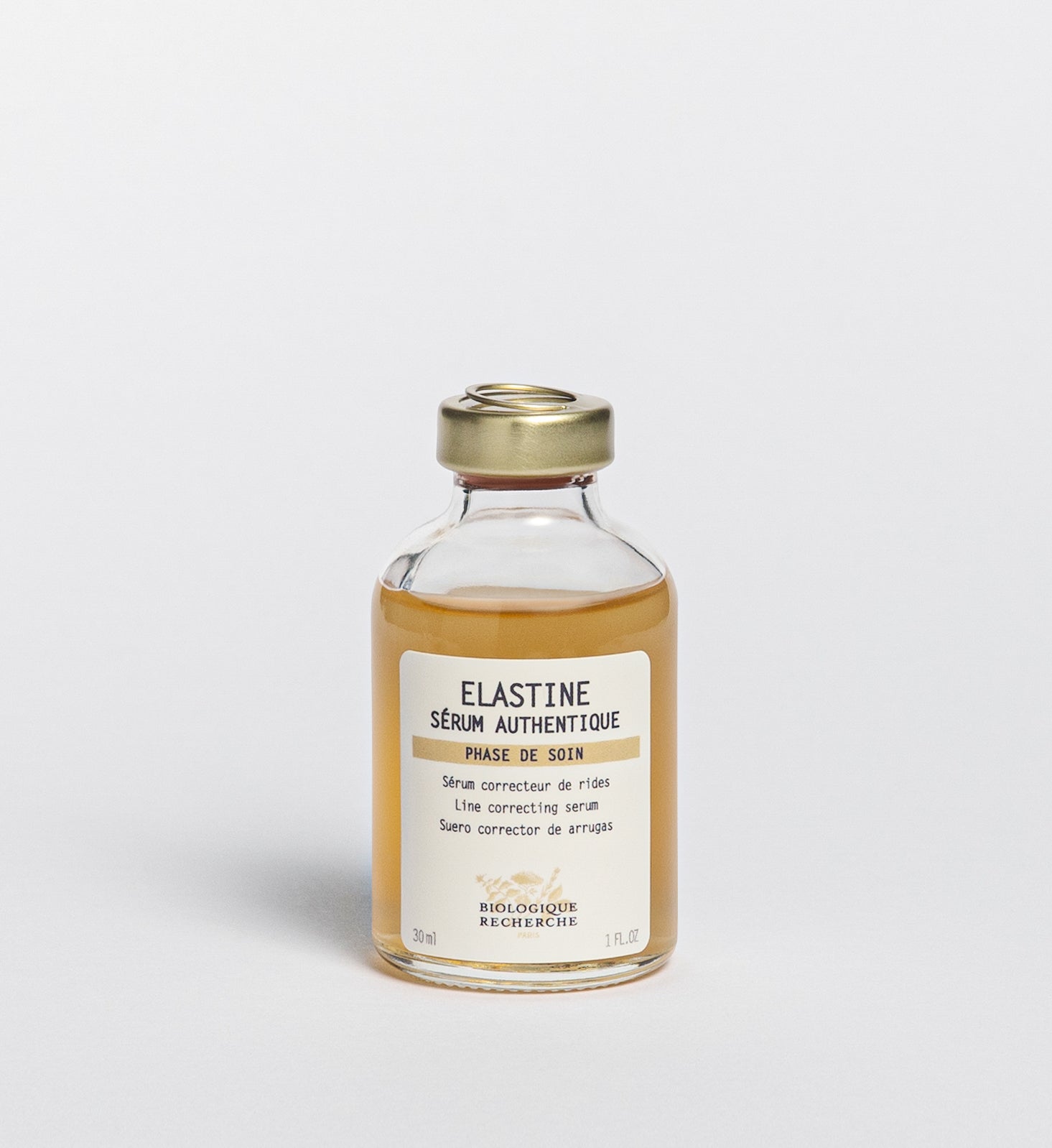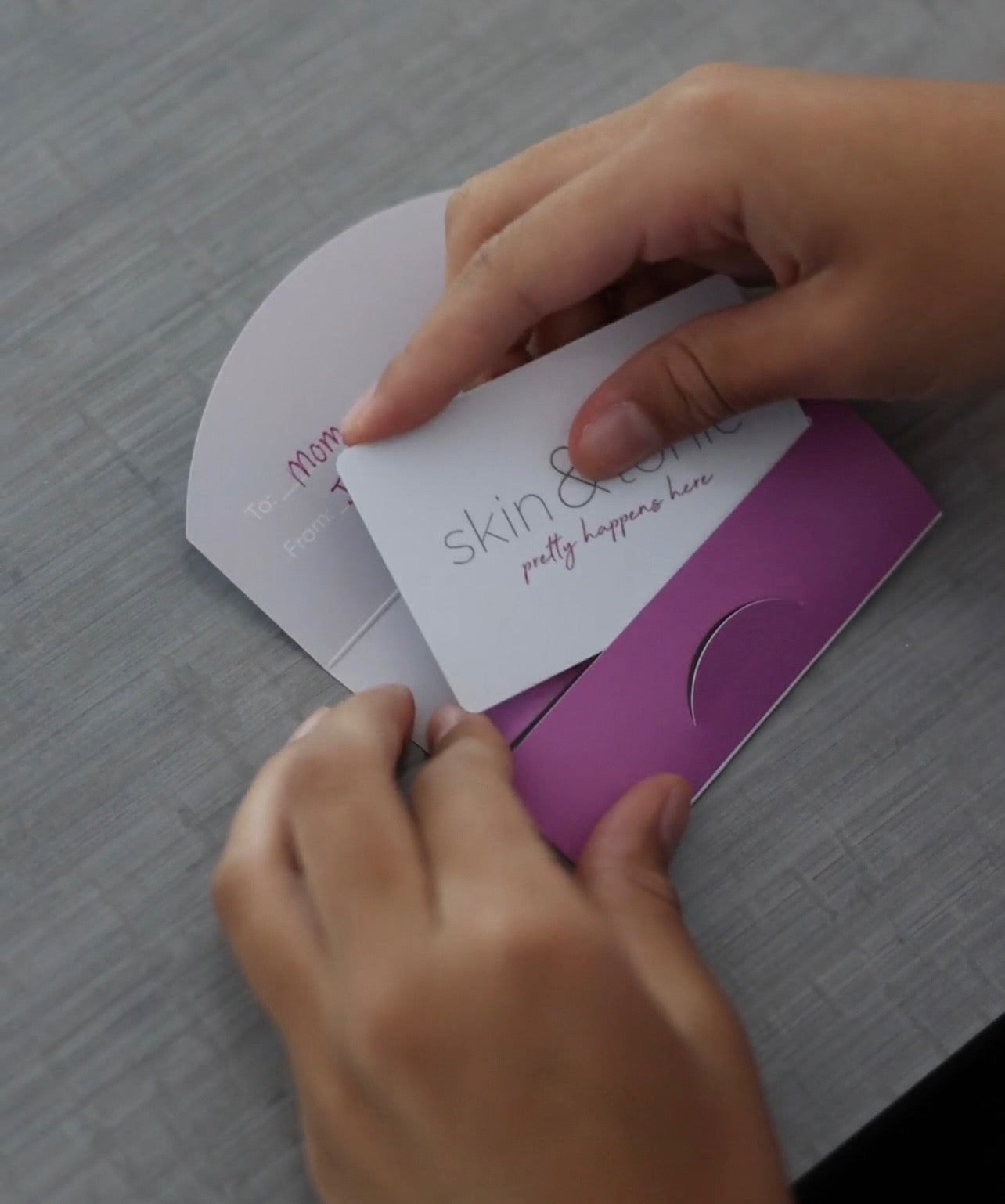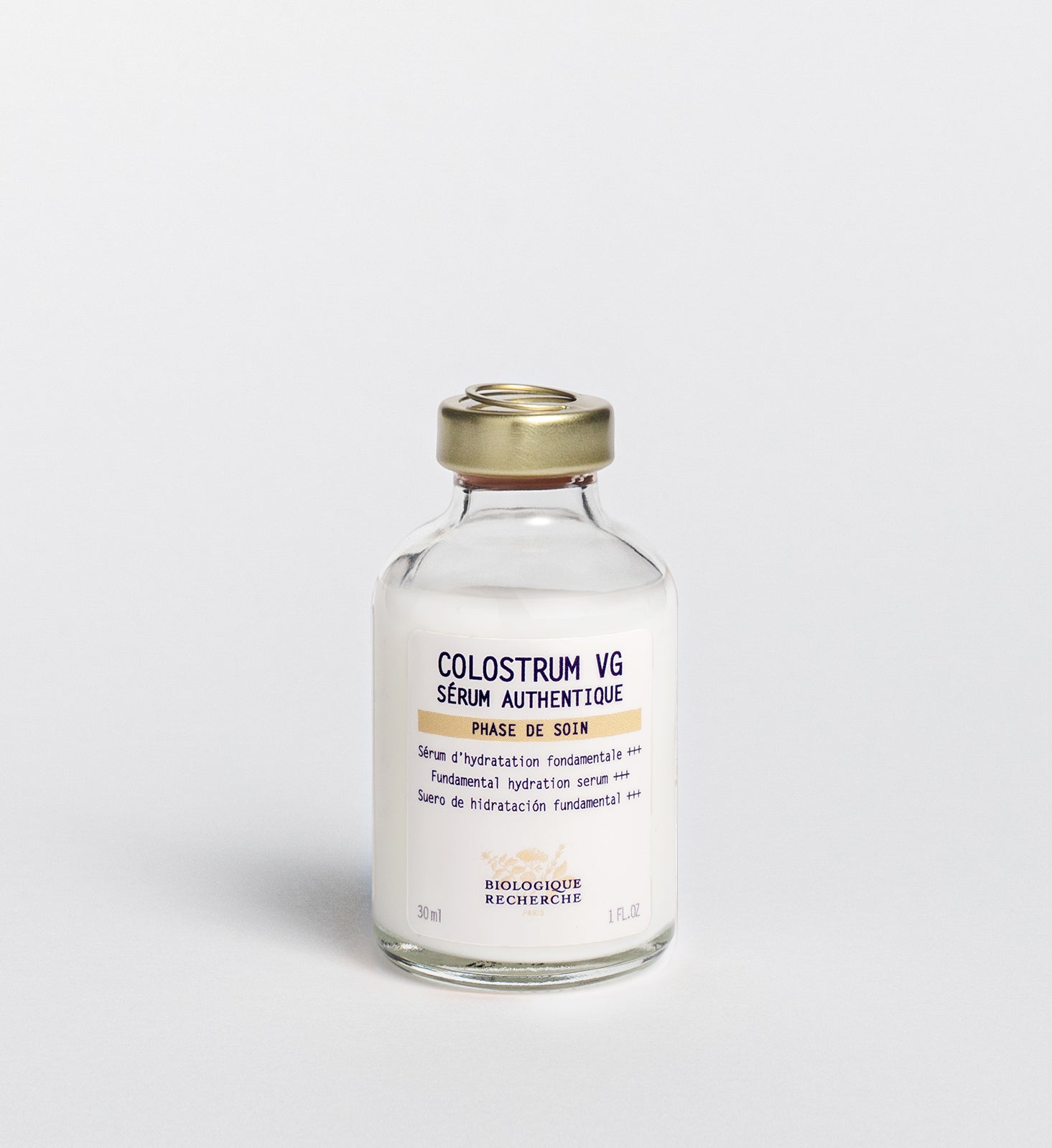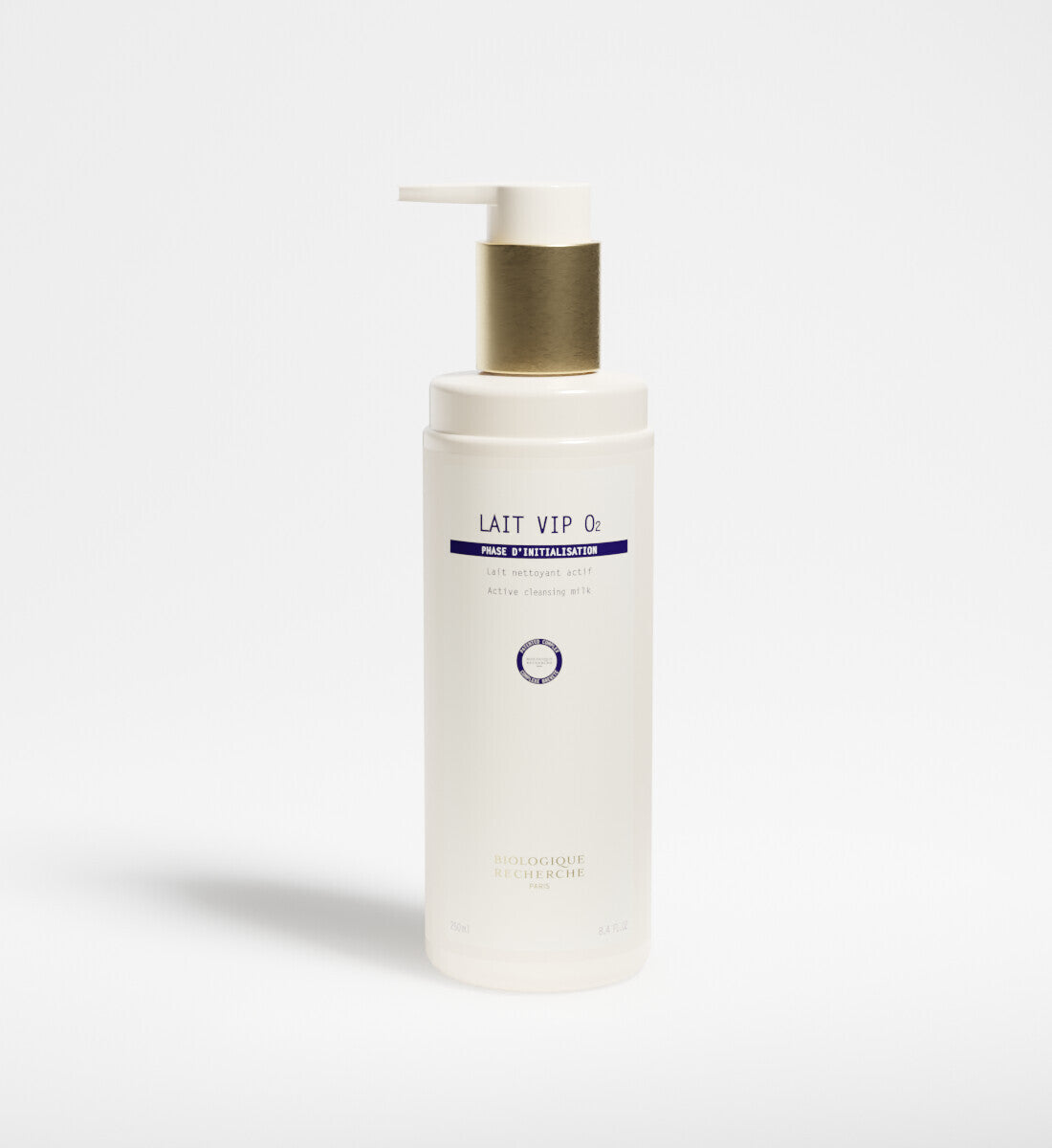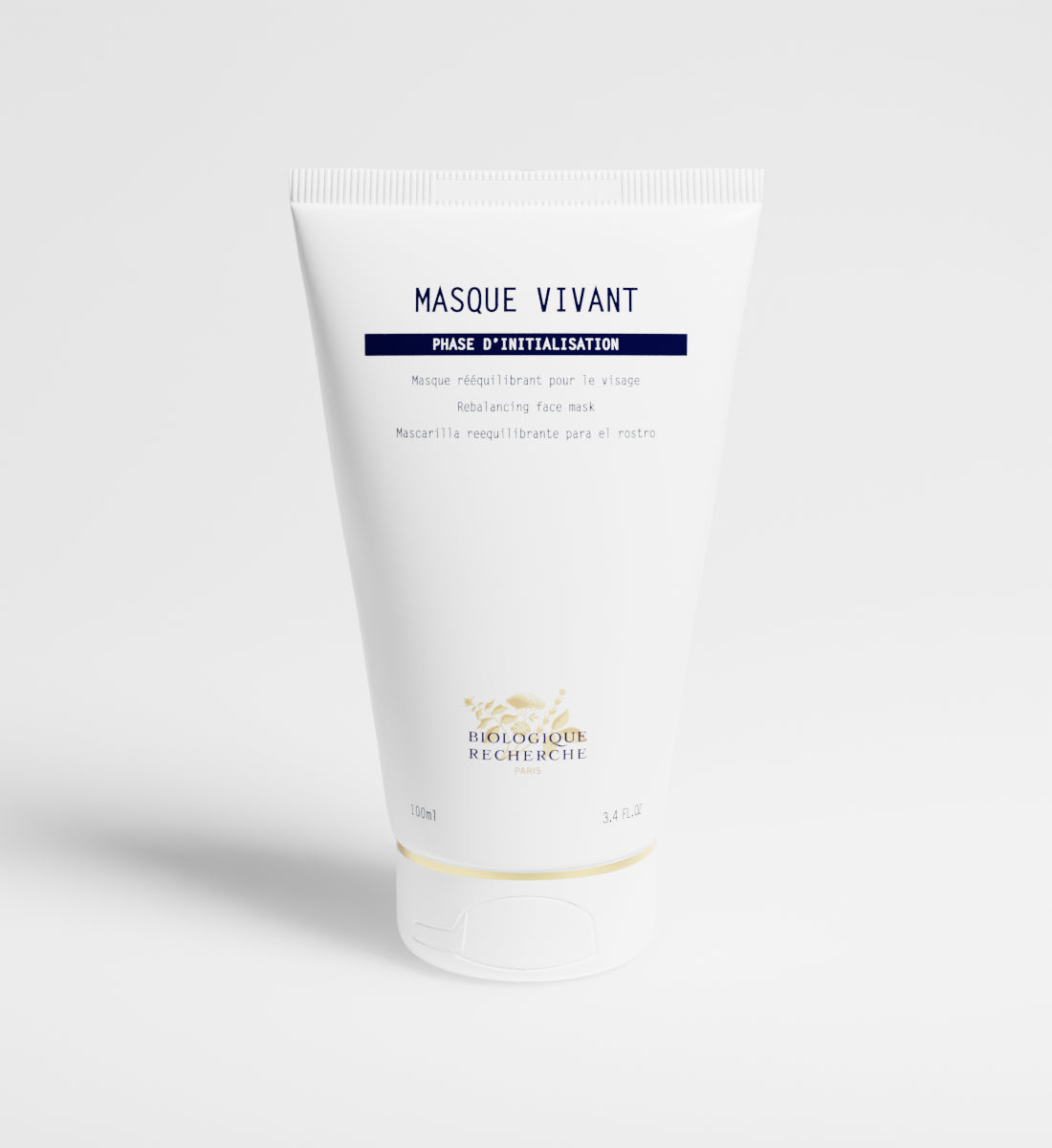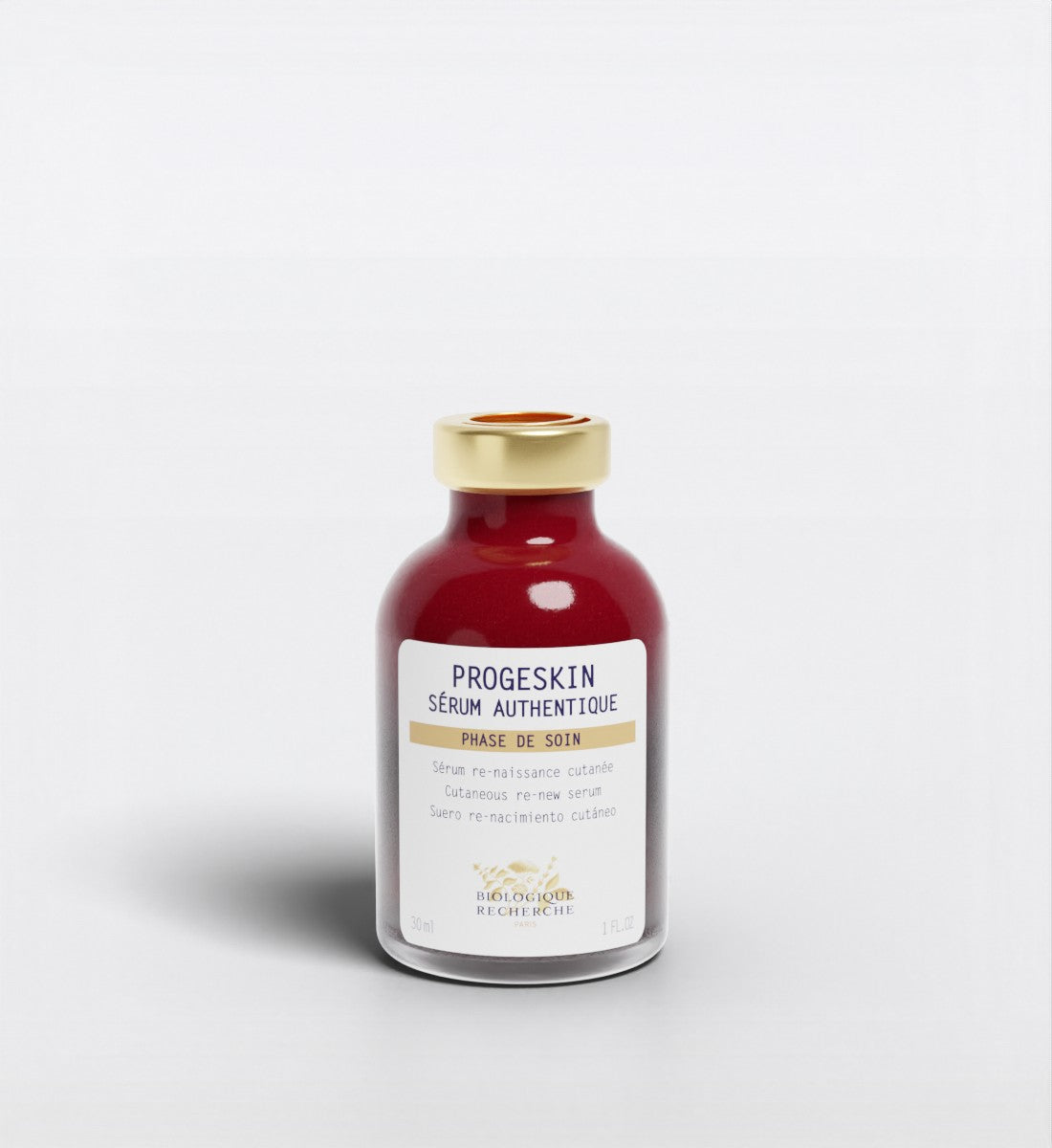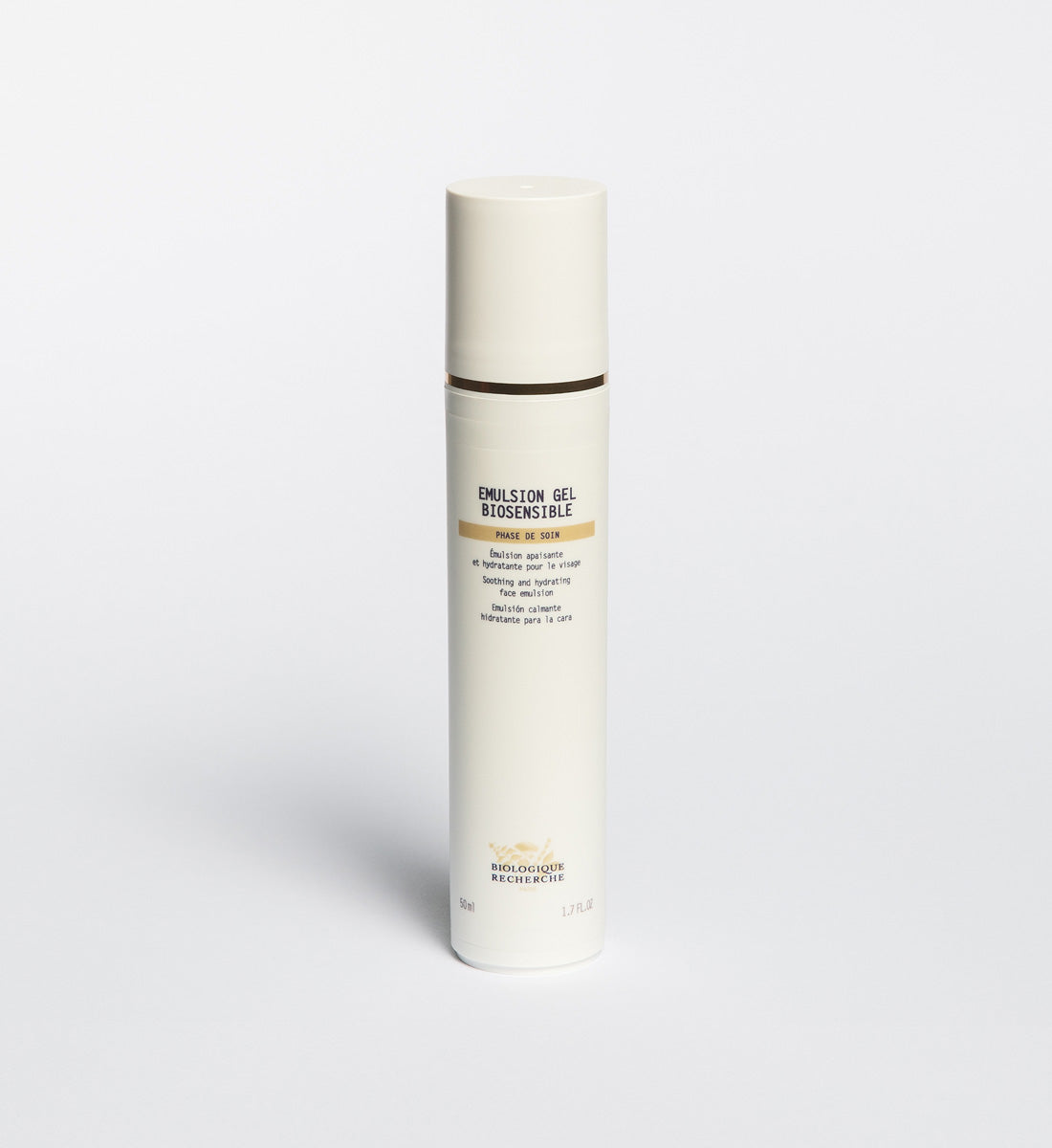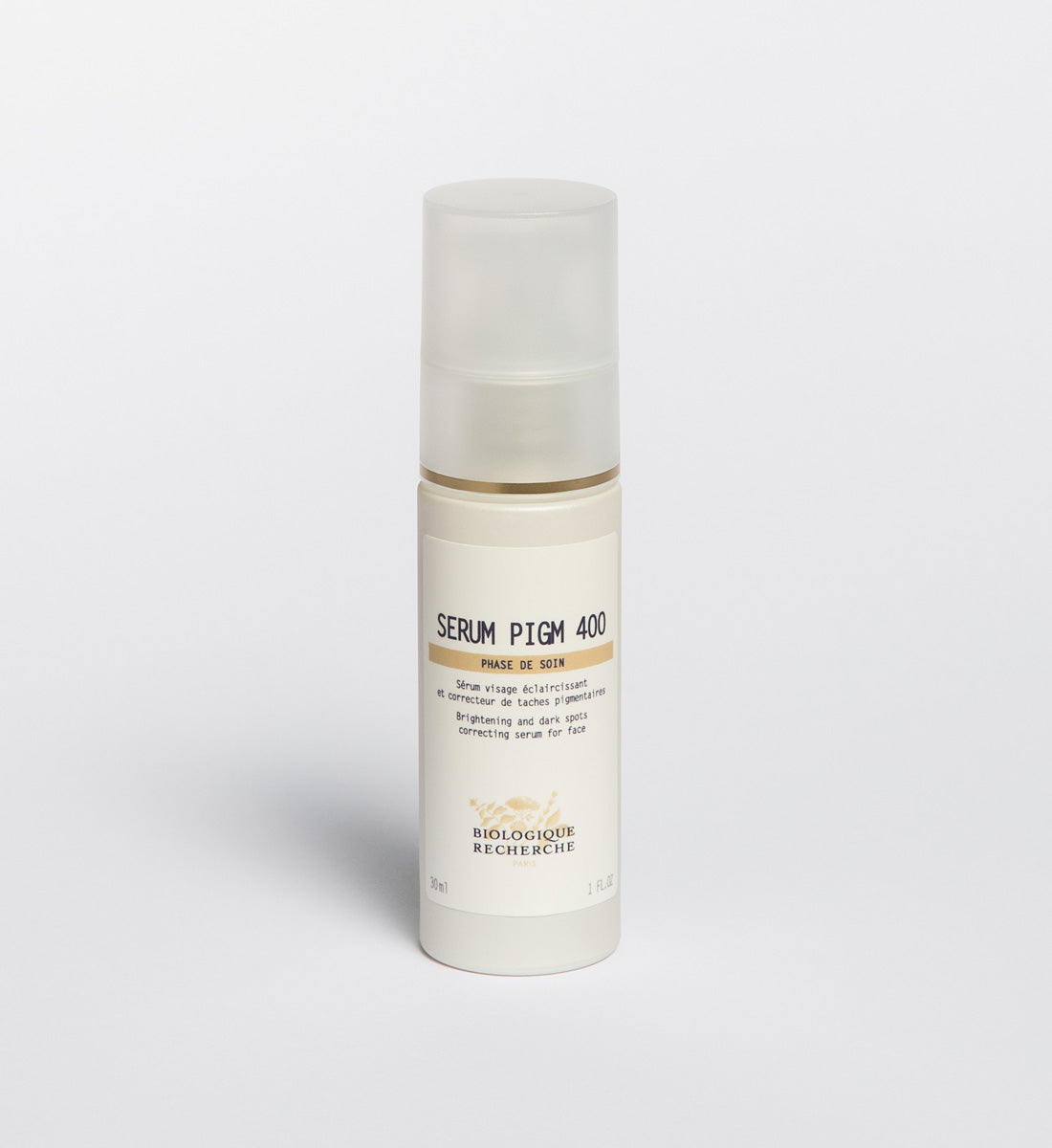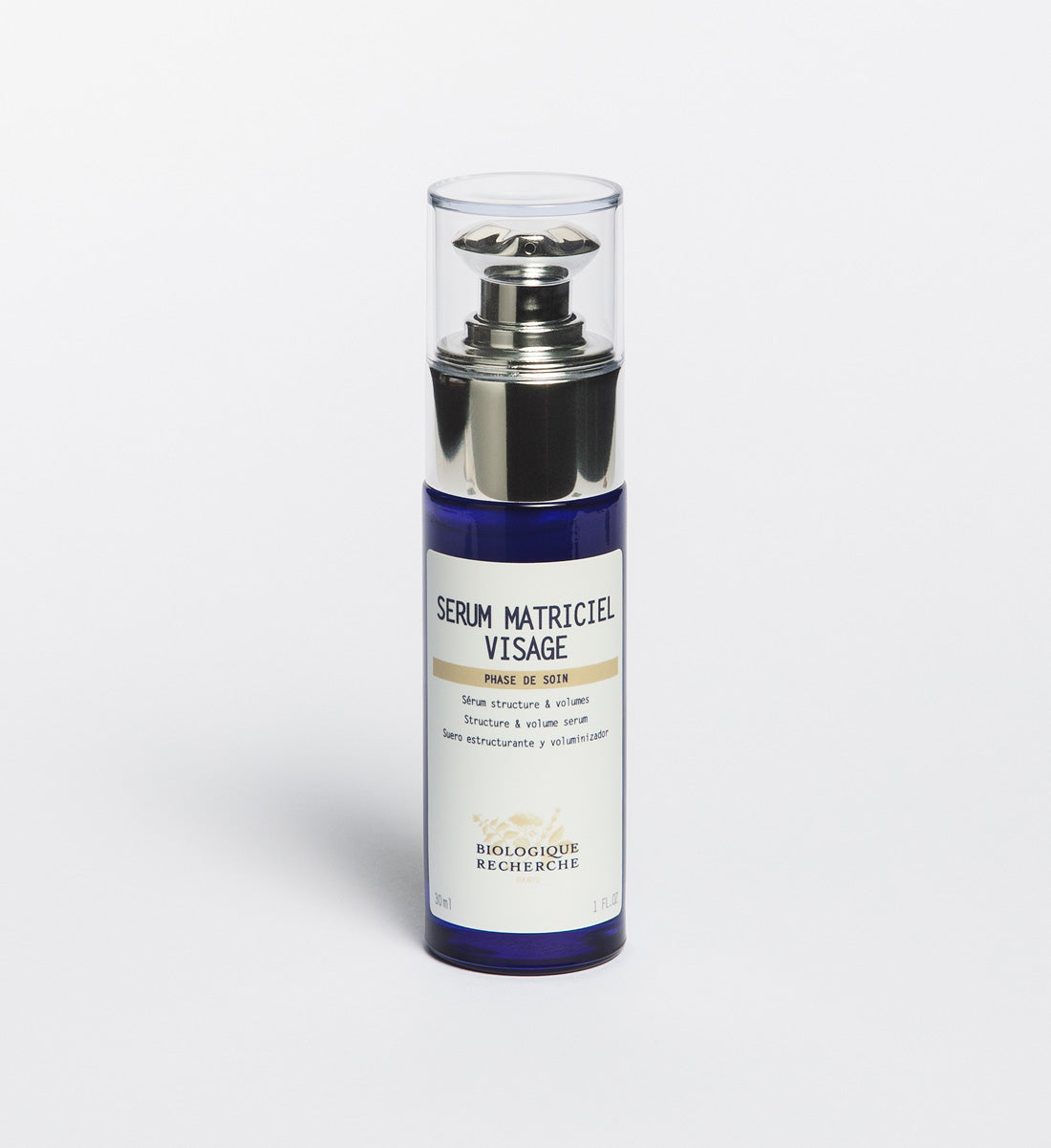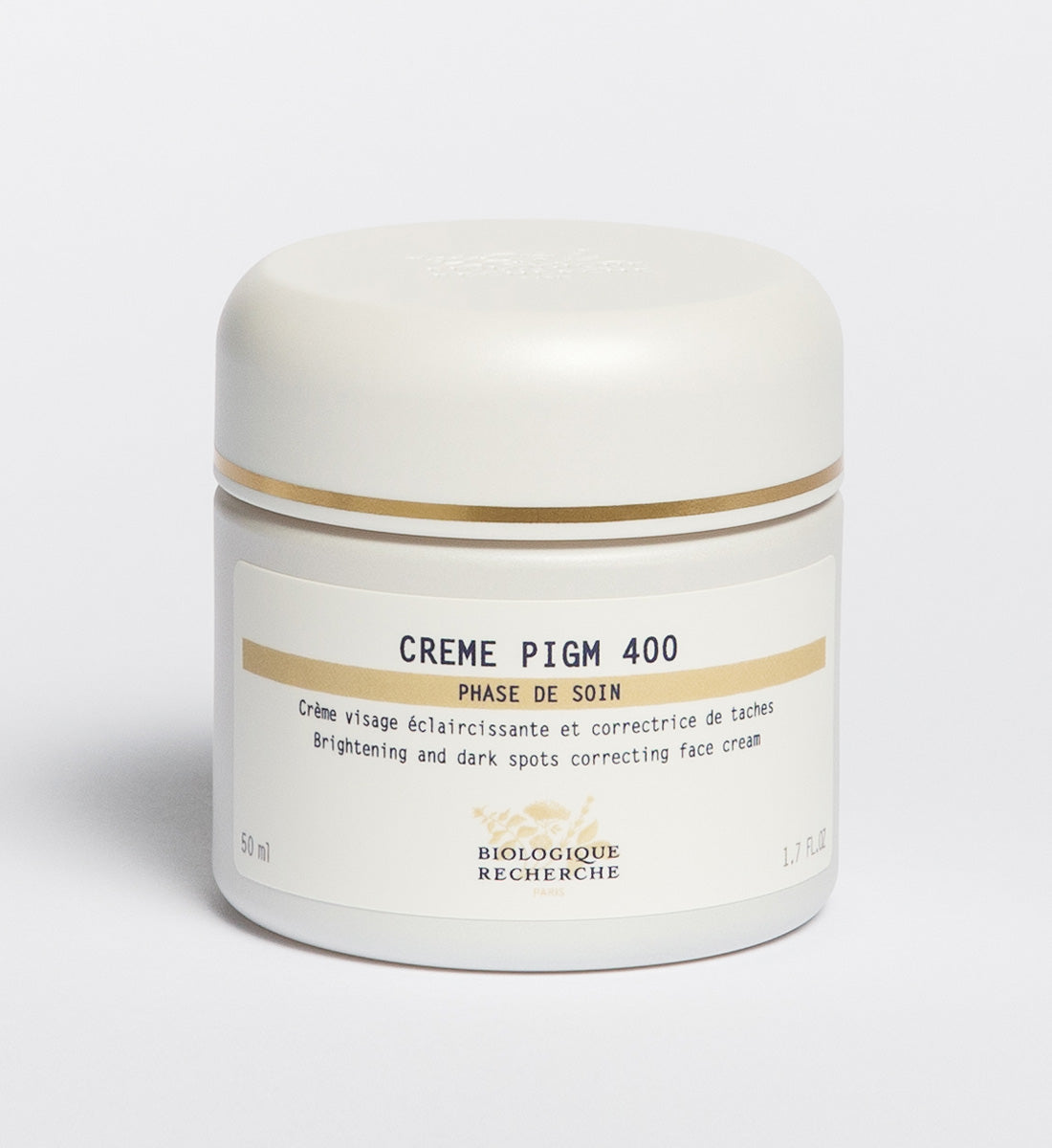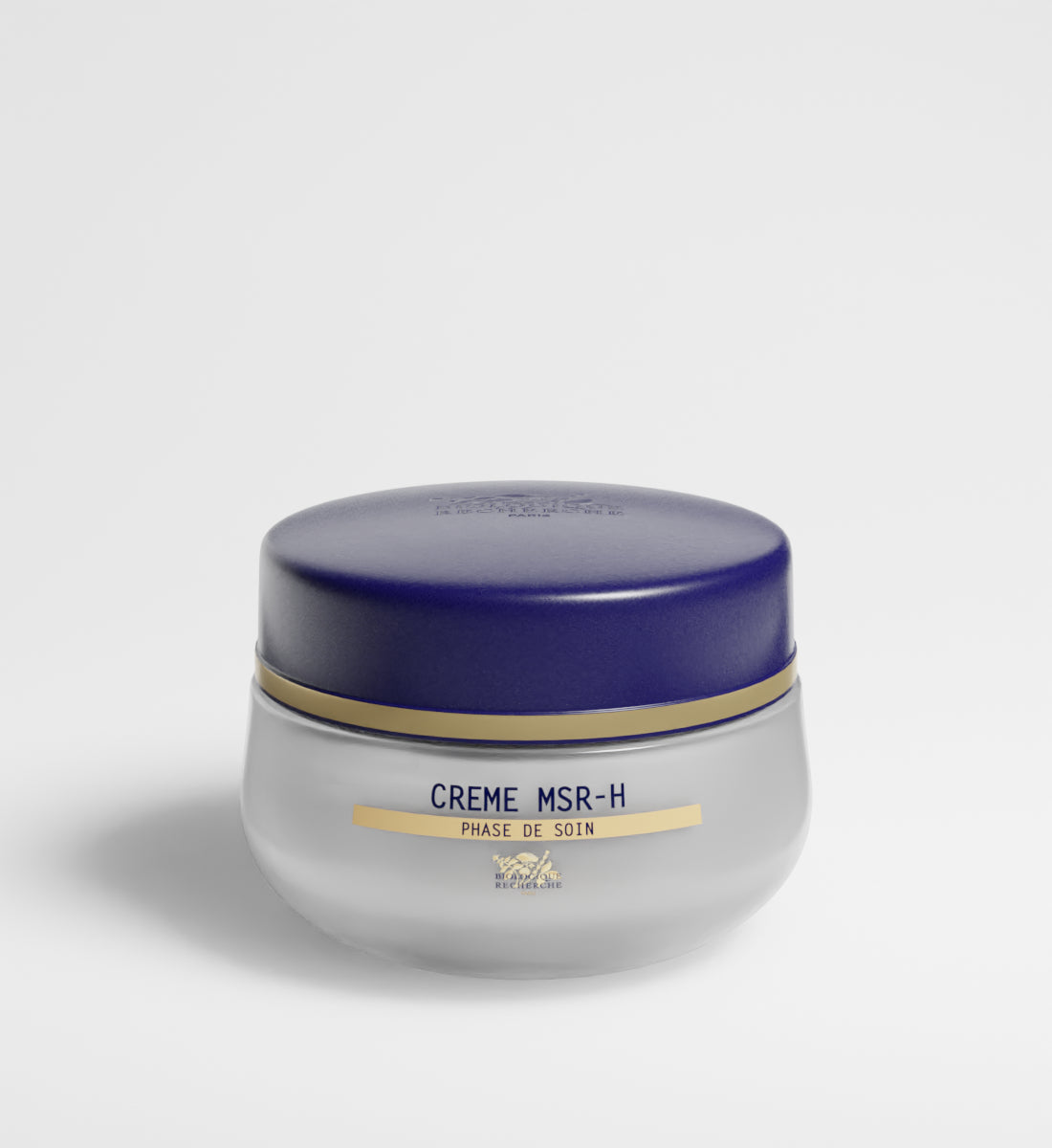The glow and radiance that you get from a professional facial are unmatchable. Even with daily skincare routines at home, nothing beats the results of a professional facial. A skincare routine serves as an essential foundation, but a facial takes it to the next level by providing deep cleansing, exfoliation, and hydration. Suddenly, your skin sheds its dull, tired layer, revealing a smoother, clearer surface beneath. Pores appear diminished, lines seem softened, and your complexion's overall firmness and radiance can make you feel like you're walking out of the spa with a brand-new face.
Treating yourself to a facial is a luxurious experience, yet the question arises: could, or should, this indulgence become a regular part of your skincare routine? Much like regular haircuts or the occasional massage contribute to our overall well-being, integrating facials into our skincare regimen could be the key to maintaining that perpetual glow. But how often should you get a facial? In this guide, we'll explore the ideal facial frequency for different skin types and dive into finding that sweet spot for keeping your skin in pristine condition, month after month.
Understanding Your Skin Type
Before diving into the recommended frequency of facials, it's essential to understand your skin type. Everyone's skin is unique and requires a tailored approach when it comes to skincare. The most common skin types are oily, dry, combination, and sensitive.
- Oily skin tends to produce excess sebum, making it prone to breakouts and shine.
- Dry skin lacks moisture and can feel tight or flaky.
- Combination skin has both oily and dry areas on the face.
- Sensitive skin is easily irritated and requires gentle care.
Knowing your skin type will help you choose the right products and treatments for your skin, including the frequency of facials.
What is a Facial?
A facial goes beyond the basic skincare routine to offer a deep, thorough treatment that targets every layer of your skin. It starts with a deep cleanse that washes away the polluntanst and makeup residue, preparing your skin for what's next.
Then comes the exfoliation, a critical step that gently buffs away dead skin cells, revealing the smoother, fresher skin underneath. This is the step where the specialized esthetician can use various tools, from chemical peels to microdermabrasion or dermaplaning, tailored specifically for your skin type.
Next up is extractions. Extraction often considered the less glamorous side of facials, tackles those pesky clogged pores head-on. While not the most relaxing step, the satisfaction of clearing out those blockages can't be overstated, paving the way for a clearer, more refined complexion.
Hydration follows, quenching your skin's thirst and locking in moisture with rich, nourishing creams or serums. This step is tailored to your skin's specific needs, ensuring that whether your skin is dry, oily, or somewhere in between, it gets the hydration it needs without feeling heavy or greasy.
But facials don't stop there. Depending on your skin's needs, you might be treated to a mask packed with active ingredients targeted at brightening, tightening, or calming your skin. Or perhaps a serum loaded with antioxidants to fight off free radicals and protect your skin from environmental stressors.
The beauty of facials lies in their versatility. Whether you're looking to combat acne, fight the signs of aging, or simply give your skin a boost of radiance, there's a facial treatment tailored just for you.
The Benefits of Regular Facials
Diving into the world of facials reveals a treasure trove of benefits for your skin, each one building on the last to create a cumulative effect that keeps your complexion in peak condition. Let's unwrap these benefits one by one:
- Brighter, Clearer Complexion: By whisking away dead skin cells, facials reveal the fresh, vibrant skin beneath. This not only gives your face a more radiant appearance but also smooths the way for new cells to grow, keeping your complexion looking youthful and luminous.
- Boosted Hydration: Moisture is the essence of beauty, and facials pack a punch in this department. They drench your skin in hydration, which is crucial for maintaining its elasticity and warding off those pesky fine lines and wrinkles.
- Acne Management: If blemishes are your battle, regular facials could be your ally. Deep cleansing opens up the pores, while targeted treatments reduce inflammation and tackle acne-causing bacteria head-on.
- Enhanced Blood Circulation: Facials stimulate circulation, flooding your skin with oxygen and nutrients. This boost not only helps your skin heal and regenerate faster but also contributes to that sought-after glow.
- Long-term Skin Health: Perhaps the most compelling argument for regular facials is their ability to improve skin health over time. Dermatologists and estheticians alike vouch for the lasting benefits of consistent skincare, emphasizing that a dedicated facial regimen can transform the quality and appearance of your skin.
Incorporating facials into your skincare routine isn’t just a treat; it’s an investment in your skin’s future. With each treatment tailored to your unique needs, facials offer a personalized approach to skincare that can address a wide range of concerns.
Recommended Frequency for Different Skin Types
Tailoring the frequency of your facials to your skin's specific needs can make all the difference in achieving that glow we all strive for. Let's break it down by skin type, based on research and expert recommendations.
Oily Skin
If you're someone with oily skin, you're familiar with the struggle of managing excess shine and breakouts. Monthly facials are highly recommended for this skin type. Why? They help balance sebum production, reducing unwanted greasiness. Additionally, regular deep cleansing can keep those pores clear, minimizing the occurrence of acne. It's a strategic approach to maintaining a matte yet healthy complexion.
Dry Skin
Dry skin demands a different kind of attention. Facials every 4 to 6 weeks can be a game-changer. This schedule allows for consistent hydration and nourishment, combatting the dryness and flakiness that often plague this skin type. It's about giving your skin a regular boost of moisture, ensuring it stays soft, supple, and free from the dullness often associated with dryness.
Combination Skin
Combination skin is like walking a tightrope, balancing between too oily and too dry. A facial every 4 to 6 weeks can provide that equilibrium, addressing the oily T-zone and the dry patches with equal finesse. This tailored approach means your skin receives the precise treatment it needs, where it needs it, keeping both oiliness and dryness in check.
Sensitive Skin
For those with sensitive skin, the journey is all about gentleness and care. Facials every 4-6 weeks, featuring soothing ingredients, are ideal. This less frequent schedule helps avoid overstimulation and irritation, ensuring that your skin is nurtured without being overwhelmed. It's a careful, considerate way to enjoy the benefits of facials without the risk of adverse reactions.
Acne-Prone Skin
Acne-prone skin can be particularly challenging, requiring a delicate balance of treatment and care. Starting with more frequent facials, perhaps every 2 to 4 weeks, can be effective in getting acne under control. These sessions focus on deep cleansing, exfoliation, and targeted treatments to combat breakouts. Once improvement is noted, transitioning to regular maintenance facials once a month or every other month can help sustain the benefits and keep acne at bay.
Types of Facials and Their Frequency
Facials are not one-size-fits-all, and the type of facial you choose will also dictate how often you should have one:
- Hydrating Facials are generally safe for most skin types to receive monthly, especially for those with dry or dehydrated skin.
- Anti-Aging Facials might include treatments like LED light therapy or microcurrents, which are beneficial every 4-6 weeks to combat signs of aging effectively.
- Deep-Cleansing Facials, beneficial for oily and acne-prone skin, are best scheduled monthly to keep pores clear and reduce breakouts.
- Chemical Peels and Microdermabrasion, we typically recommend a series of sessions that may occur weekly or bi-weekly to achieve specific skincare objectives and enhance the daily regimen. While a 6-8 week interval is commonly associated with more aggressive chemical peels or laser therapies, our approach is tailored to provide progressive improvement without extensive downtime.
Factors Influencing Facial Frequency
Several external factors can influence your facial frequency:
- Climate and Environment: Harsher climates or polluted environments may necessitate more frequent facials to combat skin dryness or cleanse the skin of pollutants.
- Lifestyle and Stress: High stress can affect skin health, making regular facials a beneficial tool for managing stress-related skin issues.
- Special Events: In the lead-up to special occasions like weddings, you may opt for more frequent facials to ensure your skin looks its best.
Maximizing the Benefits of Your Facial Treatments
To truly make the most out of your facial treatments and keep your skin glowing longer, integrating a few key practices into your daily skincare routine is essential. Here are some straightforward yet effective tips from a renowned facial studio in Raleigh to extend the benefits of your facial and enhance your skin's health:
- Daily Gentle Cleansing: When it comes to daily cleansing, selecting a gentle cleanser that aligns with your skin type is paramount. At skin&tonic, we advocate for mild formulations, such as the Biologique Recherche Lait Dermo-S for sensitive skin or the Lait VIP O2, which offers anti-pollution and brightening benefits, to cleanse effectively without compromising the skin's natural moisture barrier.
- Hydration is Key: Apply a hydrating moisturizer every morning and night. Hydrated skin is happy skin, and a good moisturizer will lock in moisture, keeping your skin plump, elastic, and less prone to fine lines.
- Sun Protection Every Day: Never skip sunscreen. Daily sun protection is non-negotiable to prevent premature aging and protect against UV damage. We emphasize the importance of using a broad-spectrum sunscreen with a minimum SPF of 30, preferably containing physical blockers like zinc for optimal protection.
- Exfoliate, But Don’t Overdo It: We recommend incorporating an exfoliant 1-2 times per week, tailored to your skin's resilience. Our signature Biologique Recherche Lotion P50 promotes daily exfoliation, facilitating dead skin removal and cellular renewal, while nurturing a robust skin barrier that tolerates daily use.
- Masks for a Midweek Boost: Treat your skin to a mask tailored to your current skin concerns once a week. Whether it's hydrating, purifying, or brightening, a mask can provide a concentrated dose of beneficial ingredients.
- Introduce New Products Slowly: Make sure your skincare products complement each other. It's crucial to consult with an esthetician to ensure that your routine is cohesive and that you're not inadvertently combining ingredients that could counteract each other's benefits or exacerbate skin sensitivities.
- Consult Your Esthetician: Keep in touch with your skin care professional for personalized advice. They can recommend products and routines that complement the treatments you receive during your facials.
- Stay Consistent: Consistency is the secret to long-lasting results. Stick to your skincare routine diligently, and be patient—you'll see the cumulative benefits over time.
By following these tips, you're not just extending the benefits of your facial treatments; you're investing in the long-term health and beauty of your skin. It's about creating a partnership between the professional treatments you receive and the care you give your skin at home.
At-Home Treatments vs. Professional Facials
While at-home facials can be a convenient and cost-effective way to care for your skin, they typically lack the depth and effectiveness of professional treatments. Professional facials are performed by trained estheticians or dermatologists who can assess your skin's needs, use professional-grade products, and employ techniques that are not safely replicated at home. This includes the use of equipment like steam machines, professional exfoliation tools, and specialized masks.
However, at-home facials can still play an important role in your skincare regimen, serving as a maintenance tool between professional appointments. They can help keep your skin clean, hydrated, and nourished, especially if you incorporate products recommended by your skincare professional.
So, How Often?
In summary, the frequency of your facials will depend on several factors, including your skin type, concerns, and external influences. As a general rule, monthly facials are a safe starting point for most individuals looking to maintain healthy and radiant skin. Most expert estheticians recommend booking a facial every 4-6 weeks for optimal results to allow for cell turnover and skin regeneration. If you're unsure, consult with your esthetician for a personalized recommendation based on your unique skin needs. With regular facials and a consistent at-home routine, you can enjoy the benefits of glowing, healthy skin all year round! Overall, taking care of our skin should be a priority in our self-care routines.


